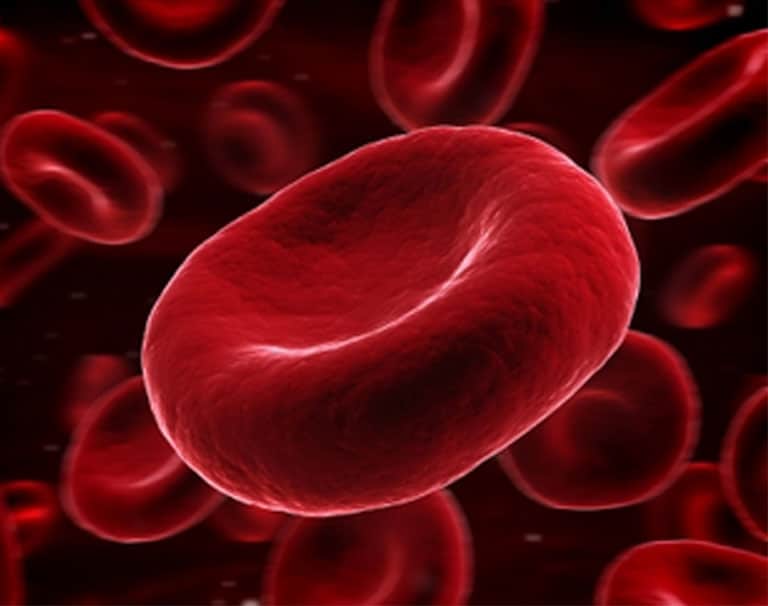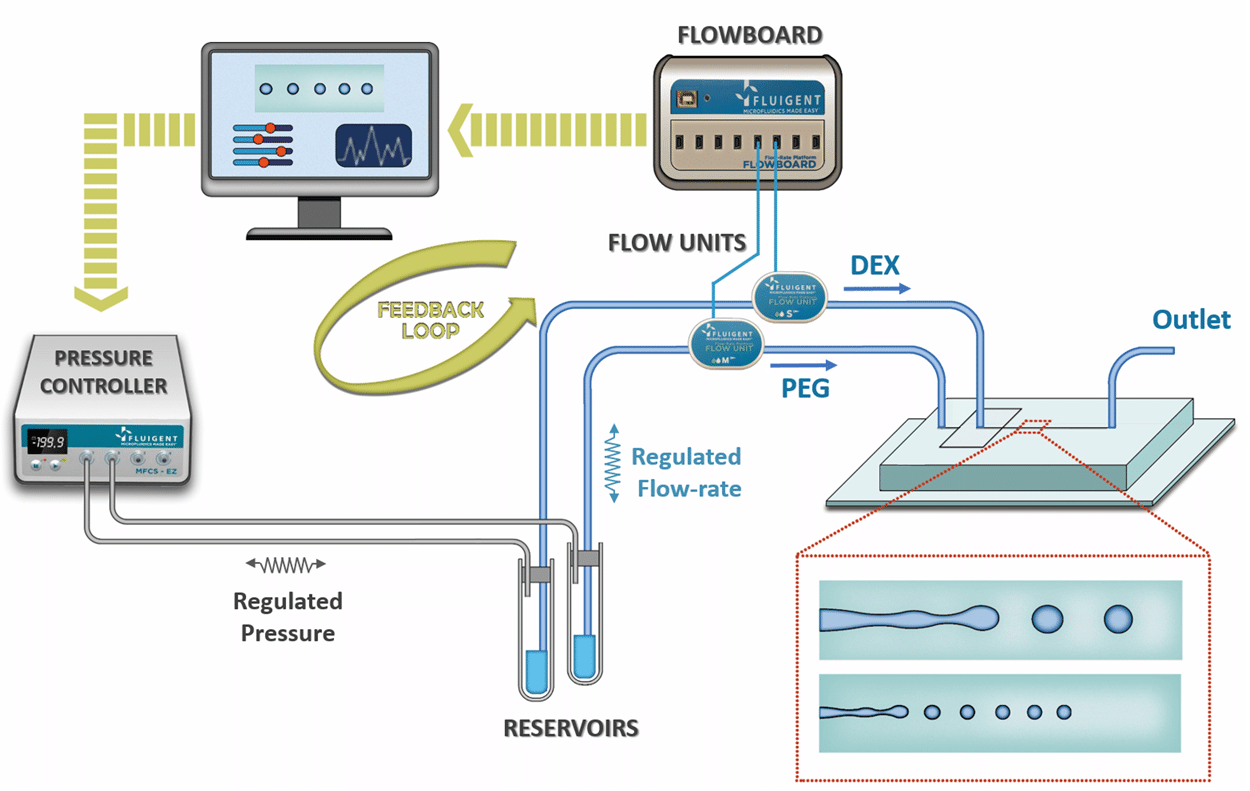Microbead-based microfluidics (droplet-based microfluidic using specific gel as dispersed phase) is a powerful technic which…

Customer paper on particle tracking in blood flow
Direct Tracking of Particles and Quantification of Margination in Blood Flow
By Erik J. Carboni, Brice H. Bognet, Grant M. Bouchillon, Andrea L. Kadilak, Leslie M. Shor, Michael D. Ward and Anson W. K. Ma from the University of Conneticut in the USA.
Margination refers to the migration of particles toward blood vessel walls during blood flow. Understanding the mechanisms that lead to margination will aid in tailoring the attributes of drug-carrying particles for effective drug delivery. Most previous studies evaluated the margination propensity of these particles via an adhesion mechanism, i.e., by measuring the number of particles that adhered to the channel wall. Although particle adhesion and margination are related, adhesion also depends on other factors. In this study, we quantified the margination propensity of particles of varying diameters (0.53, 0.84, and 2.11 ?m) and apparent wall shear rates (30, 61, and 121 s?1) by directly tracking fluorescent particles flowing through a microfluidic channel. The margination parameter, M, is defined as the total number of particles found within the cell-free layers normalized by the total number of particles that passed through the channel. In this study, an M-value of 0.2 indicated no margination, which was observed for all particle sizes in water. In the case of blood, larger particles were found to have higher M-values and thus marginated more effectively than smaller particles. The corresponding M-values at the device outlet were 0.203, 0.223, and 0.285 for 0.53-, 0.84-, and 2.11-?m particles, respectively. At the inlet, the M-values for all particle sizes in blood were <0.2, suggesting that non-fully-developed flow and constriction may lead to demargination. For particle velocities transverse to the flow direction (vy), all particle sizes showed a larger standard deviation of vy as well as a higher effective diffusivity when the particles were suspended in blood relative to water. These higher values are attributed to collisions between the blood cells and particles, further supporting recent simulation results. In terms of flow rates, for a given particle size, the higher the flow rate, the higher the M-value.
These experiments were made possible with the use our pressure-driven flow controller pumps to control polystyrene particles’ flow dilited in bovine blood.
For more information: doi:10.1016/j.bpj.2016.08.026 or Biophys. Journal, Vol 111, 7, 1487-1495 (2016).



